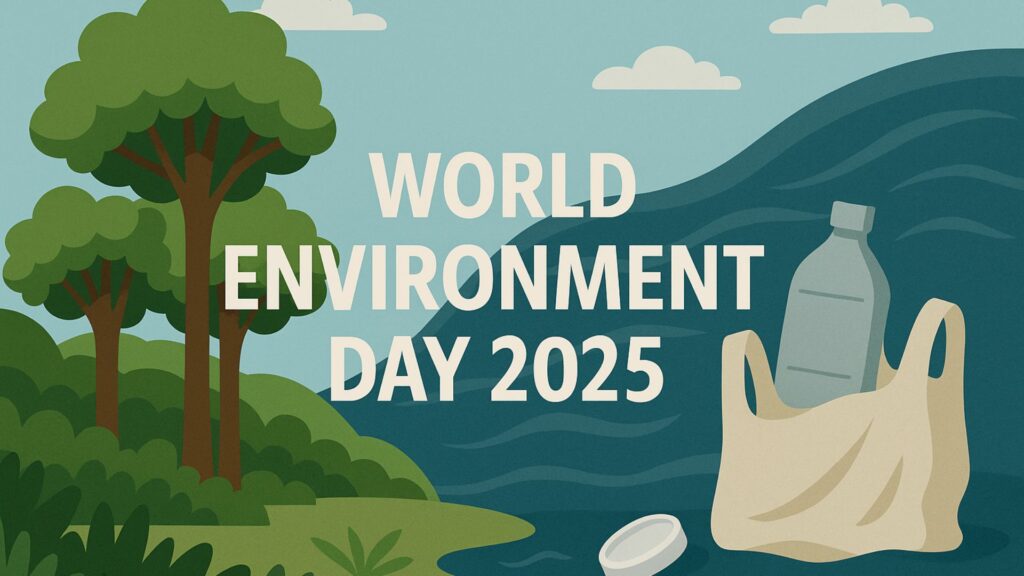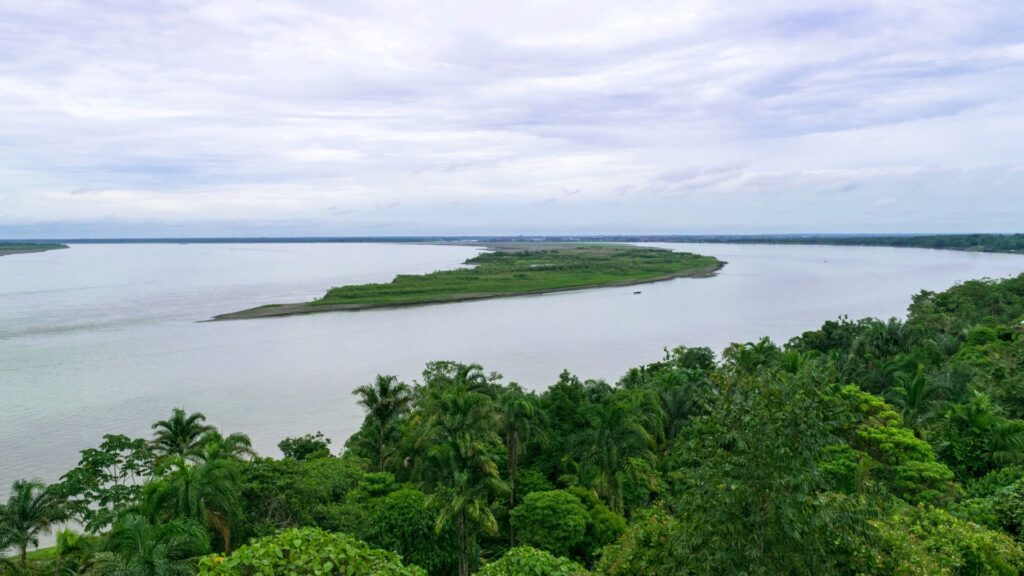Forests at the Crossroads: How We Can Revive the World’s Natural Carbon Guardians
Forests are the planet’s lungs, absorbing a quarter of all human carbon emissions. Yet new data shows this forest carbon sink is shrinking due to fires and deforestation. At Forest Friends, we believe restoration, protection, and community action can help forests breathe again — and secure a climate-positive future for people and planet. A Wake-Up Call from Nature Forests don’t just store carbon — they create rain, shelter biodiversity, and keep our climate stable. But the World Resources Institute warns that the Earth’s forest carbon sink is under threat. As fires intensify and deforestation spreads, forests are absorbing less carbon than ever before. Still, the story doesn’t end there. Nature has shown time and again that when we protect and restore forests, they recover — stronger, more diverse, and more resilient. What’s Shrinking the World’s Forest Carbon Sink For decades, forests absorbed around 25% of human CO₂ emissions each year. But WRI (World Resources Institute) data shows that gap is closing. Key causes: Fires: Longer, hotter fire seasons in boreal and tropical regions release massive carbon emissions and damage soil health. Deforestation: Agriculture, mining, and logging are driving large-scale forest loss, especially in tropical regions like the Amazon. Degradation: Fragmented or degraded forests store less carbon and are more vulnerable to climate extremes. As the global forest carbon sink weakens, humanity risks losing one of its best natural defenses against climate change. Why Forest Restoration Brings Hope Healthy forests act as powerful carbon sinks, absorbing and storing CO₂ in trees and soil. When degraded forests are restored, this natural cycle revives. Restoration brings multiple benefits: Carbon capture and climate regulation Biodiversity recovery and habitat creation Improved soil and water cycles Stronger livelihoods for forest-dependent communities At Forest Friends, we see restoration not as a task — but as an opportunity to heal both ecosystems and our relationship with nature. From Crisis to Action: What You Can Do Protecting and restoring forests is a global mission made of local actions. Here are ways anyone can help rebuild the world’s carbon guardians: Support verified reforestation projects – Every tree counts when planted in the right place with native species. Protect existing forests – Old-growth forests hold the most carbon and the richest biodiversity. Choose deforestation-free products – Support supply chains that respect nature. Promote fire-resilient landscapes – Encourage early detection, prevention, and community fire management. Share the story – Awareness spreads faster than fire — and so does hope. Kuoda Travel WorldXChange Tulu Travel Swetours CEPA Reconnecting with the Forest Our relationship with forests must go beyond carbon — it’s emotional, cultural, and spiritual. When we understand that the health of forests mirrors our own, regeneration becomes a shared purpose. Forest Friends invites everyone — individuals, schools, and companies — to join this movement for restoration and reconnection. The Future Is Regenerative Yes, the global forest carbon sink is shrinking. But by restoring forests, we can reverse the trend.Every hectare restored stores new carbon, shelters wildlife, and gives future generations a chance to thrive. At Forest Friends, we plant hope — one tree at a time. 🌿 Join the Movement🌱 Plant a Tree Today I Want To Support Now
Forests at the Crossroads: How We Can Revive the World’s Natural Carbon Guardians Read More »






